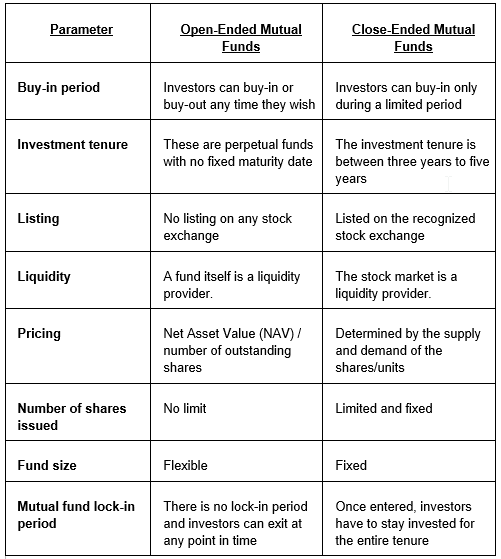closed end fund liquidity risk
The fluctuation of the income impacts the funds overall profitability. Select Closed-End Fund Considerations The principal risks of investing in the Funds include.
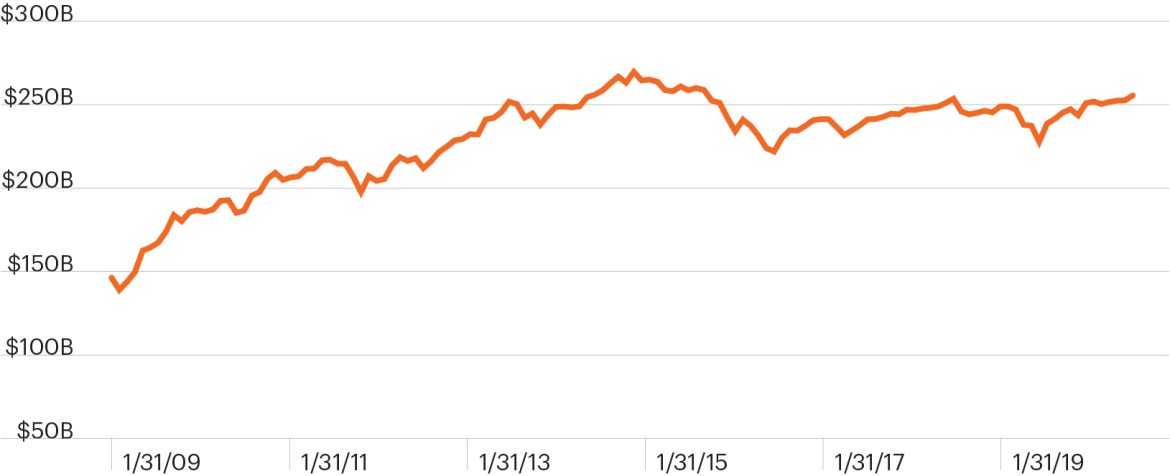
Closed End Fund Fs Investments
An interest rate may impact the cost of a CEFs debt which it uses to buy securities.

. The liquidation of the fund. A closed-end fund is a type of mutual fund that issues a fixed number of shares through a single initial public offering IPO to raise capital for its. This can result in losses if an investor wants to get money.
Academicss unease with such a blatant behavioral explanation led to others theories such as what Cherkes Sagi and Stanton 2009 call the Liquidity Based Theory of Closed End Funds. Funds are required to assess manage and periodically review their liquidity risk based on specified factors. Closed-end funds CEFs can be one solution with yields averaging 673.
Liquidity risk management program rule1 demand for asset classes that are not suitable for open-end funds which must provide for daily redemption. Liquidity risk is defined as the risk that a fund could not meet requests to redeem shares issued by the fund without significant dilution of remaining investors interests in the fund. Closed-end funds have a fixed number of shares that trade on the secondary market and investors in closed end funds can buy and sell shares of the fund at the current market price.
Their yields range from 632 on average for bond CEFs to. The value of a CEF can decrease due to movements in the overall financial markets. Convertible securities risk synthetic convertible instruments risk foreign se - curities risk emerging markets risk equity securities risk growth stock risk interest rate risk credit risk high yield risk portfolio selection risk and liquidity risk.
Shares of closed-end funds frequently trade at a discount to the net asset value. Closed-end funds can invest in a higher percentage of illiquid securities than open-end funds and can issue debt andor. Closed-end funds can be subject to liquidity problems both at the level of the fund and at the level of the shareholders Faust says.
Classification of the Liquidity of Fund Portfolio Investments. CEFs are exposed to much of the same risk as other exchange traded products including liquidity risk on the secondary market credit risk concentration risk and discount risk. So because capital does not flow freely into and out of CEFs they are referred to as closed-end funds.
The price of a funds shares is determined by a number of. A closed end fund is just like a mutual fund or an exchange traded fund in that a manager buys and sells investments and investors can buy an ownership stake in the whole portfolio. When investing in closed-end funds financial professionals and their investors should first consider the individuals financial objectives.
A liquidity risk should be addressed only if a big part of your investment portfolio is not liquid. Portfolio diversification reduces liquidity risks. Changes in interest rate levels can directly impact income generated by a CEF.
Closed-end funds may trade above or below the funds net asset value based on supply and demand for the funds shares and other technical factors. Simply stated because funds are never forced to liquidate the closed end fund structure allows for less liquid underlying securities not otherwise available. The Liquidity Rule defines liquidity risk as the risk that a fund could not meet requests to redeem shares issued by the fund without significant dilution of remaining investors interests in the fund.
The closed-end structure gives rise to discounts and premiums. Funds or funds4 or closed-end upon which several of the Acts other provisions depend. In general rising short-term rates will increase the cost of leverage for closed-end funds which can have significant impact on closed-end fund prices.
Meanwhile a newly adopted liquidity risk management program rule by the SEC limits open-end funds to investing only up to 15 of their net asset value in the illiquid investments. After the IPO a CEFs shares trade on the open market typically on an exchange and the market itself determines the share price. Rule 22e-4 also requires principal underwriters and depositors of unit investment trusts.
Sensitivity To Interest Rates. Funds ETFs but not including money market funds to establish a liquidity risk management program. Some closed-end funds set a specific distribution rate to pay regardless of the income generated by the fund.
Just like open-ended funds closed-end funds are subject to market movements and volatility. Leverage tends to increase volatility for closed-end bond funds. And a weak market for traditional closed-end fund initial public offerings.
The risks of investing in CoCos include without limit the risk that interest payments will be cancelled by the issuer or a regulatory authority the risk of ranking junior to other creditors in the event of a liquidation or other bankruptcy-related event as a result of holding subordinated debt the risk of the Funds investment becoming further subordinated as a result. Type of open-end fund that can be traded throughout the day at the current market price similar to a stock. In exchange for this ease of investing the manager and investment company charges an annual fee called an expense ratio that gets deducted each year directly from.
If the CEF includes foreign market investments it will be exposed to the typical foreign market risks including currency political and economic risk. Closed-end funds that return capital can carry a higher level of risk because the fund is eroding the asset base it has to generate income to pay distributions. Unlisted closed-end funds also provide limited liquidity.
Since the 15 restriction does not apply to CEFs portfolio managers have greater access to illiquid markets and can invest more assets in less liquid or illiquid. A funds Program should be reasonably designed to assess and manage the funds particular liquidity risks and must incorporate certain specified elements.

Reassessing Investment And Liquidity Risks Kpmg Global
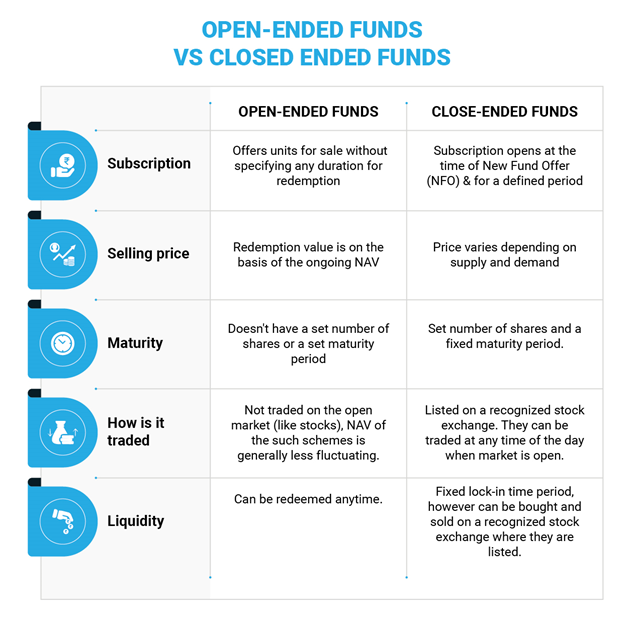
Closed Vs Open Ended Funds Which One Do I Pick Mutual Funds Etfs Trading Q A By Zerodha All Your Queries On Trading And Markets Answered
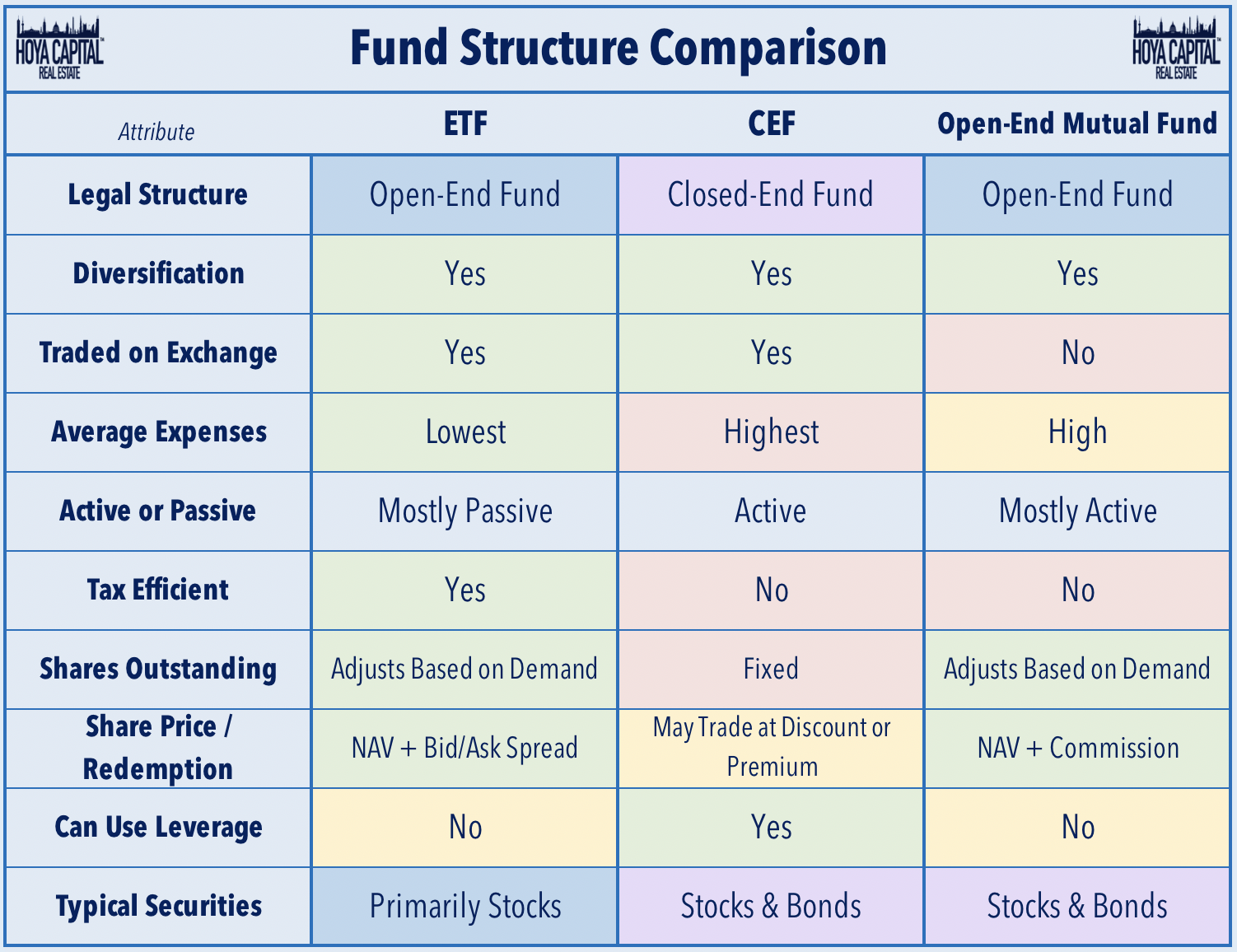
Real Estate Cefs Satisfying A High Yield Fix Seeking Alpha

A Guide To Investing In Closed End Funds Cefs Intelligent Income By Simply Safe Dividends

Investing In Closed End Funds Nuveen
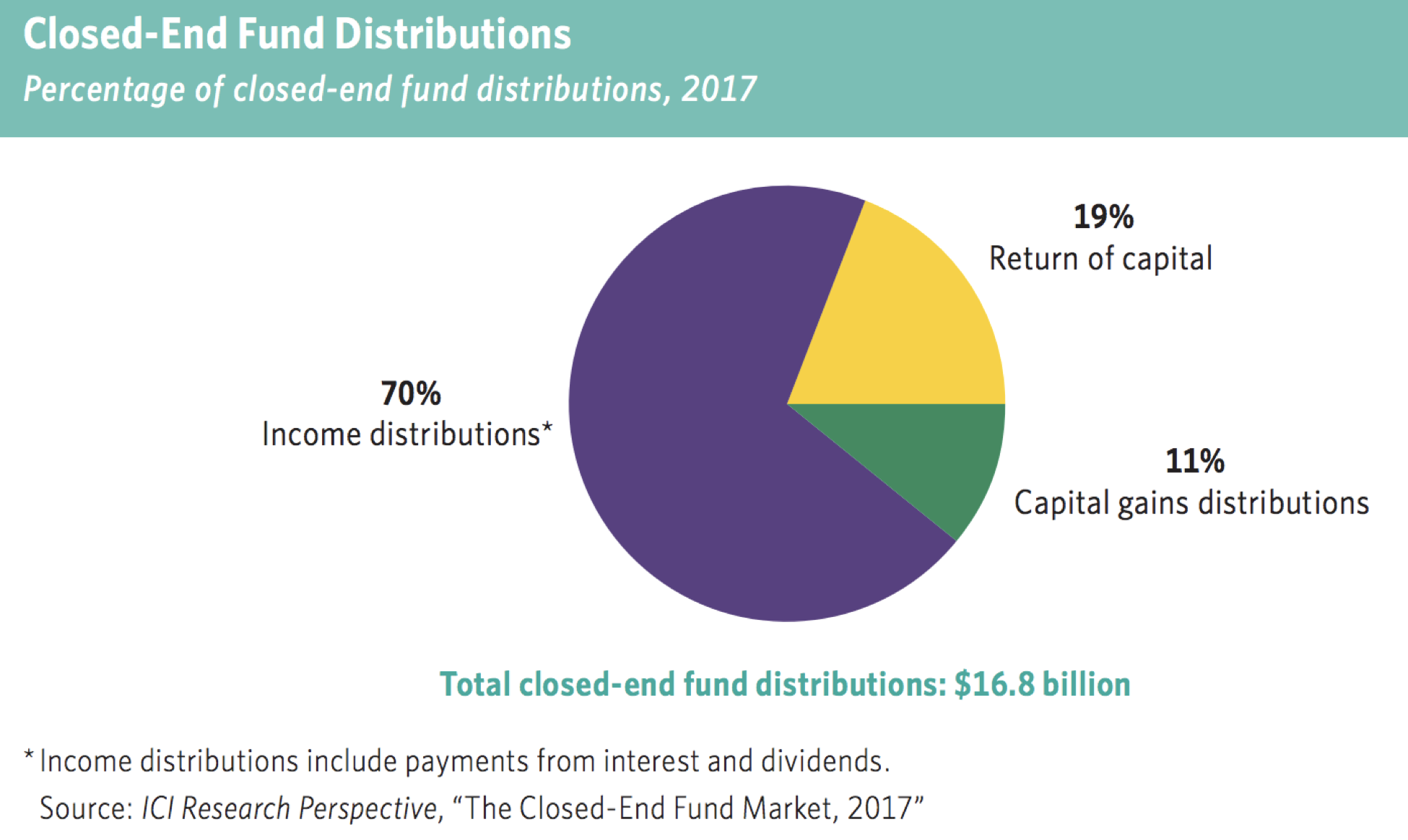
A Guide To Investing In Closed End Funds Cefs Intelligent Income By Simply Safe Dividends
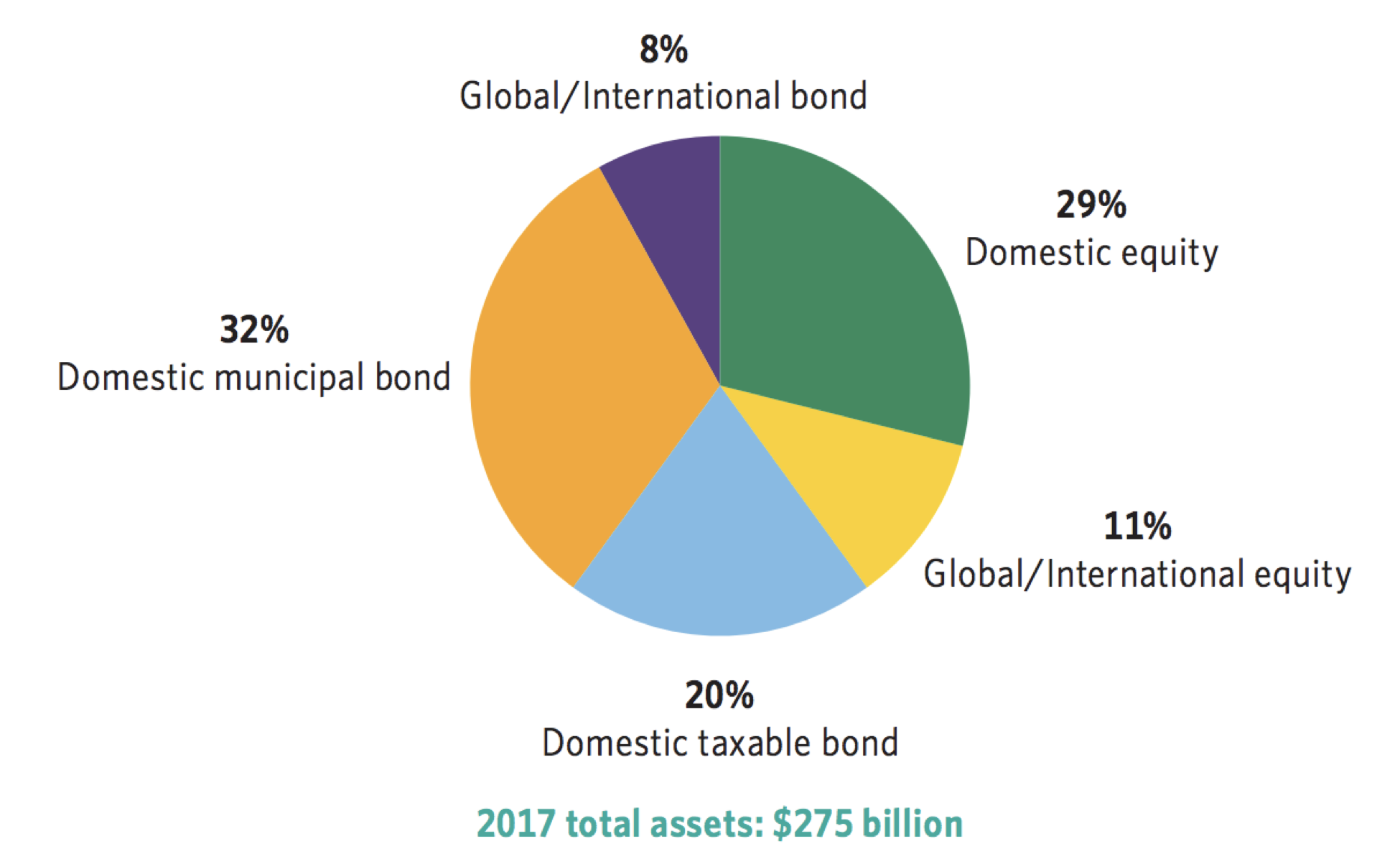
A Guide To Investing In Closed End Funds Cefs Intelligent Income By Simply Safe Dividends

5 Reasons To Use Closed End Funds In Your Portfolio Blackrock

Understanding Interval Funds Griffin Capital
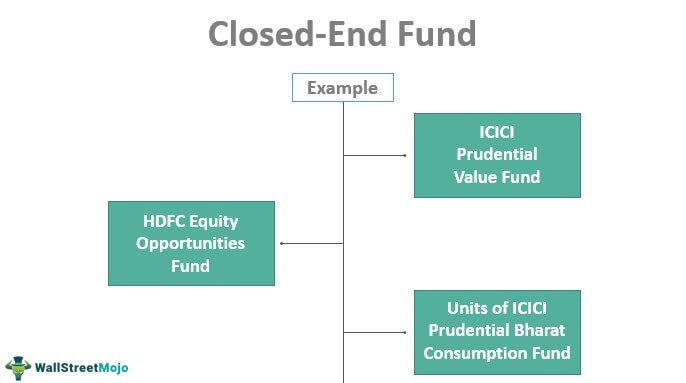
Closed End Fund Definition Examples How It Works

Tourshabana What Are Closed End Vs Open End Mutual Funds Compare 4 Key Differences In Investing
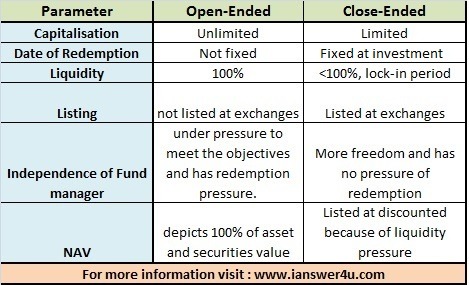
Guide To Investing In Closed End Funds India Dictionary

Pdf A Liquidity Based Theory Of Closed End Funds

Open Ended Mutual Fund Vs Close Ended Mutual Fund What To Prefer
/GettyImages-1162966566-19102c67f9424a5d9b7eb826332ed48d.jpg)
Understanding Closed End Vs Open End Funds What S The Difference
